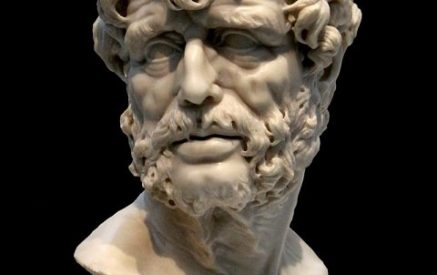The Main Consequence of Mass Consumption
“If it appears as reactionary or anti-liberal it will be in order to affirm that the salvation of the State gives a right to level down all other standards, and to manhandle one’s neighbor is in outstanding personality. But the same happens if it decides to act revolutionary; the apparent enthusiasm for the manual worker, for the afflicted and for social justice, serves as a mask to facilitate the refusal of all obligations, such as courtesy, truthfulness and above all respect or esteem for superior individuals”.
The author of these words is the Spanish philosopher Ortega _y_ Gasset, from his 1930 book The Revolt of the Masses. The word “rebellion” here, I believe, is used in a unique way. By the 20th century, it had become clear that consumption was becoming widespread, even if, a hundred years ago, it was not as pervasive as it is today. However, insightful thinkers like Ortega_ y_Gasset already recognized the direction in which humanity was heading.
The “man of the masses” was emerging—not just the crowd, which has existed since at least Ancient Athens. The crowd gathers for a specific event and then disperses. A typical figure, whether Robespierre, Shvonder, or Pashinyan, can stir a group of people (perhaps thousands) into action. For example, inciting them to storm a prison and beat inmates to death simply because they resemble aristocrats or priests, or to blockade courts. In such moments, individuals lose their sense of self and do things they wouldn’t normally do on their own. But eventually, the frenzy subsides, and everyone returns to their daily lives, becoming regular people once again, for better or worse.
The “man of the masses,” however, is different. He is constantly under the influence of consumption (including the consumption of information) and is in a state of perpetual loss of individuality. He is, in essence, a part of the mob in its continuous, unchanged form. This “mass man” revolts not just against external forces but against individuality itself, perpetuating the clichés, stereotypes, and prejudices that bind him. Ortega_ y_ Gasset writes: “I know of quite a few who have entered the ranks of same labour organisation or other merely in order to win for themselves the right to despise intelligence and to avoid paying it any tribute.” One key target of the “mass man’s” rebellion is the intellectual, who represents nonconformity and individual thought.
In 1930, the primary manifestations of “mass thinking” in Europe were nationalistic “saving the motherland” and socialist “protection of the exploited classes.” But while ideologies change, infantilism and childishness remain constant.
By some estimates, the majority of any society—up to 85 percent—consists of “mass people.” Two wires are plugged into their heads: input and output. What enters the brain exits soon after, perhaps with just a five-minute delay. Contradictory ideas may even be absorbed at the same time.
Yet the most successful ideas are those that appeal to basic physiological needs. In that sense, “here is bread, here you stay” is an extremely effective message.
Aram Abrahamian




























































